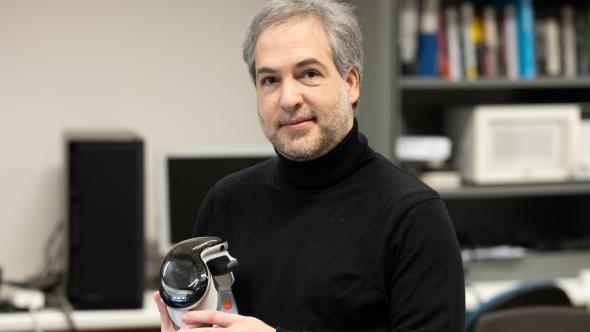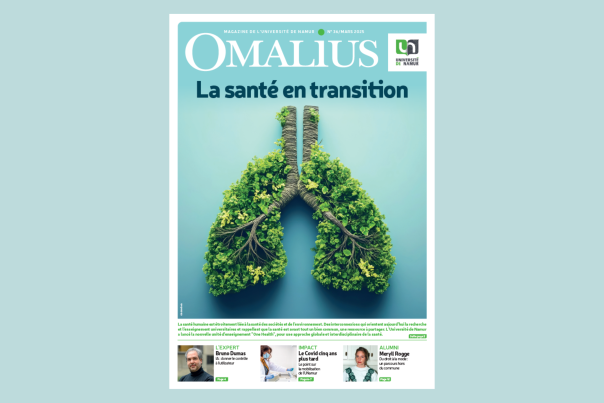With AI, it's all about putting the user in control
For Bruno Dumas, computer science fits in with the principles of applied psychology
Artificial intelligence (AI) is interfering in our professional as well as our private lives. It both seduces and worries us. On a global scale, it is at the heart of major strategic, societal or economic issues, still being debated in mid-February 2025, at the AI World Summit in Paris. But how can we, as users, avoid being subjected to it? How can we gain access to the necessary transparency of its workings? By placing his research prism on the user's side, Bruno Dumas is something of a "computer psychologist". An expert in human-computer interaction, co-president of the NaDI Institute (Namur Digital Institute), he defends the idea of a reasoned and enlightened use of emerging technologies.



